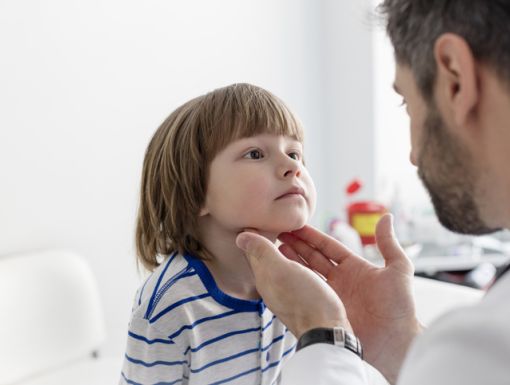
Mpox 2023: What Are the Symptoms and Treatments?
For decades, the rare mpox virus was confined mostly to Central and West Africa. But in keeping with these unusual times in the medical world, the disease has spread at a rather unusual pace and in unusual places this year.
For the first half of 2022, there were about 3,500 confirmed cases worldwide and one death, in Nigeria, according to the World Health Organization. That’s a significant uptick from previous years.
Clusters of mpox cases were identified in Europe in April 2022 and the first confirmed case in the United States was reported in Massachusetts on May 18, 2022. The Centers for Disease Control has been tracking state cases. The first case of mpox was confirmed in Louisiana on July 7, 2022.
The CDC is urging healthcare providers in the United States to be alert for patients who show symptoms of the virus, which include a rash that can look like pimples or blisters and may be painful.
The United States last experienced a mpox outbreak in 2003 when 71 people in the Midwest became infected. There were no deaths in that outbreak.
What is mpox?
Mpox is a viral disease similar to smallpox, but less severe. It is a is a zoonotic virus, which means it spreads from animals to humans. In addition to monkeys, it's been found in other primates and certain rodents in Africa.
It was discovered in 1958 when two outbreaks of a pox-like disease occurred in groups of lab monkeys being used for research. The first known human case occurred in 1970 in the Democratic Republic of Congo.
Person-to-person transmission can occur if you come in contact with sores, scabs, respiratory droplets or oral fluids of an infected person. This may happen through close, intimate contact.
According to the CDC, early data suggest that gay, bisexual and other men who have sex with men make up a high number of cases. But it is important to note that the risk of mpox is not limited to men who have sex with men. Anyone who has close contact with someone who is infectious is at risk. However, given that the virus is being identified in these communities, learning about mpox will help ensure that as few people as possible are affected and that the outbreak can be stopped.
Symptoms, diagnosis and treatment
After exposure, it may be several days to a few weeks before symptoms appear. In addition to rash, those infected with mpox could experience flu-like symptoms such as fever, chills, headache, muscle aches, fatigue and swollen lymph nodes.
Experts say not everyone with mpox develops all of these symptoms. In fact, in the current outbreak, many cases aren’t following the usual pattern of symptoms. Some patients with confirmed mpox have presented with only a few or even just a single lesion Once symptoms appear, the disease can be spread to others. A person with mpox can be infectious for at least 21 days after symptoms appear.
To diagnose mpox, after consultation with the local health department, providers may be asked to take a sample from an open lesion and send it to a reference lab for testing.
The CDC says there is not widely available mpox-specific treatment. However, because mpox and smallpox viruses are genetically similar, antiviral drugs and vaccines developed to protect against smallpox may be used to prevent and treat mpox virus infections. Studies indicate the smallpox vaccine is about 85% effective in preventing mpox.
Newer vaccines have been developed to address the disease. Federal health officials are going to release nearly 300,000 doses of a mpox vaccine this summer to help stop the outbreak.
ACAM200 and JYNNEOS (also known as Imvamune or Imvanex) are the two currently licensed vaccines in the United States to prevent smallpox, according to the CDC.
If you are diagnosed with mpox, your healthcare provider will monitor your condition. You will also be advised to stay hydrated.
Bottom line
Many people with mpox get better on their own within a few weeks with supportive care and little or no treatment. In the United States, the illness is seldom life-threatening, experts say.
However, the CDC considers mpox a serious disease that is not to be taken lightly. The health organization is closely monitoring its spread. The large number of cases suggest there is ongoing community spread in many states.
If you think you have symptoms of mpox, or if a rash develops following MPV exposure, quarantine and contact your physician or seek medical treatment for testing.


